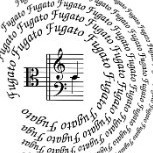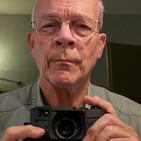Shooting DNG + JPEG Simultaneously
-
Recently Browsing 0 members
- No registered users viewing this page.
-
Similar Content
-
- 8 replies
- 360 views
-
- 64 replies
- 3,612 views
-
Leica Q2 Jpeg 1 2 3
By tkao2025,
- 46 replies
- 21,456 views
-
- 7 replies
- 522 views
-
- 5 replies
- 429 views
-




Recommended Posts
Join the conversation
You can post now and register later. If you have an account, sign in now to post with your account.
Note: Your post will require moderator approval before it will be visible.